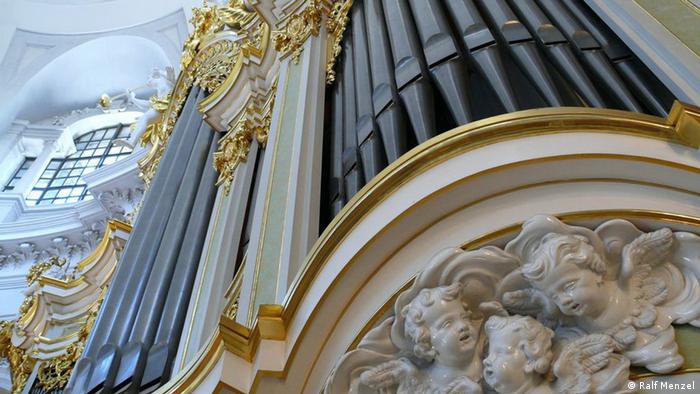Music
UNESCO world heritage: organ building and organ music to the list
It is a thousand-year old cultural heritage in Germany: the organ. Soon, organ and music officially part of the intangible UNESCO world cultural heritage.

The German government has proposed to the organ building and organ music for the “Representative list of the intangible cultural heritage of humanity” by the UNESCO. This list pays tribute to cultural forms of expression from all over the world, so far, among other things, Tango, Capoeira, and the bagpipe-culture. These traditions and customs are passed from Generation to Generation and are said to have shaped the cultural identity of their respective country.
Organ building and organ music in December 2014 on the national list of intangible cultural heritage in Germany, but now you could it as one of the first German, non-REM cultural goods on the international list.
“We are very happy that the building of the organ and organ music, a UNESCO world to heritage,” said an employee from the organ Builder Johannes Klais of Bonn. “It is important, because in order for the people of the long-standing Tradition is brought to consciousness.”
For inclusion in the list of world intangible cultural heritage, the Association of organ experts of Germany (VOD) has submitted a request and is waiting with impressive Figures and facts: 50,000 instruments, Germany has the largest density of organs. Currently, there are about 400 Organ building operations with approximately 2,800 employees in Germany. Approximately 100 organs a year are newly built. Many innovations in organ building created by German organ Builder, and composer.
A music tradition to keep alive
“With the decline of the Church in everyday life in Germany and Europe, the Knowledge about the organ and its music takes off”, which fears for the Bonn-based company Johannes Klais Orgelbau. “The organ is usually perceived as a Church instrument. As a UNESCO world heritage site, a piece of European music tradition would be preserved.”
This is precisely the concept of intangible cultural heritage: The cultural heritage should be kept alive. In 2003, the UNESCO adopted the “Convention for the safeguarding of the intangible cultural heritage”. Germany has ratified the Convention only in the year 2013. Now heritage is on the German list of the intangible cultural 34 vibrant forms of culture: from the bread to sing on Epiphany – and also the building of the organ and the organ music from jaws to star. If the latter land, then, is actually also on the global list of UNESCO, decides in year 2017.
jm/nf (epa,CBA)